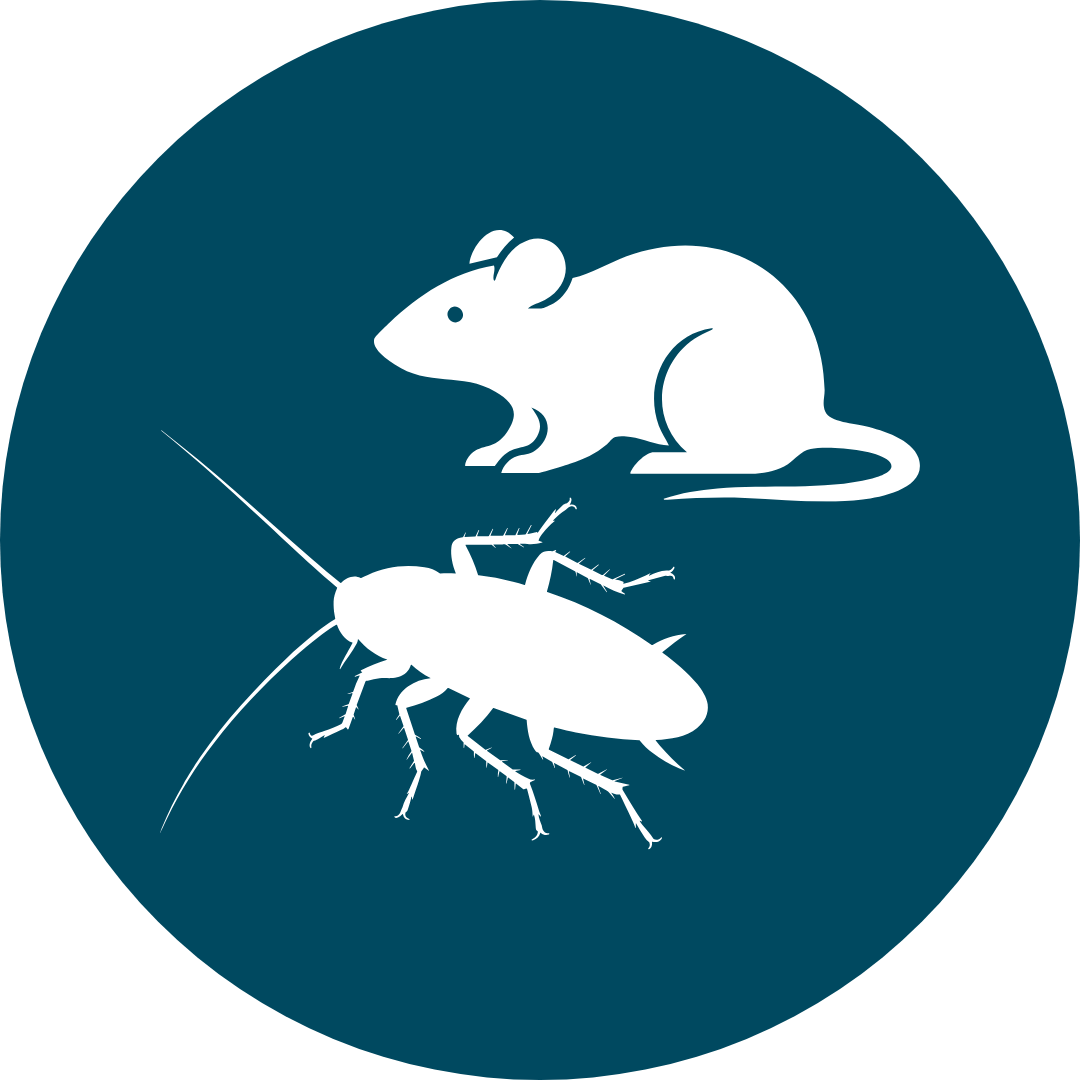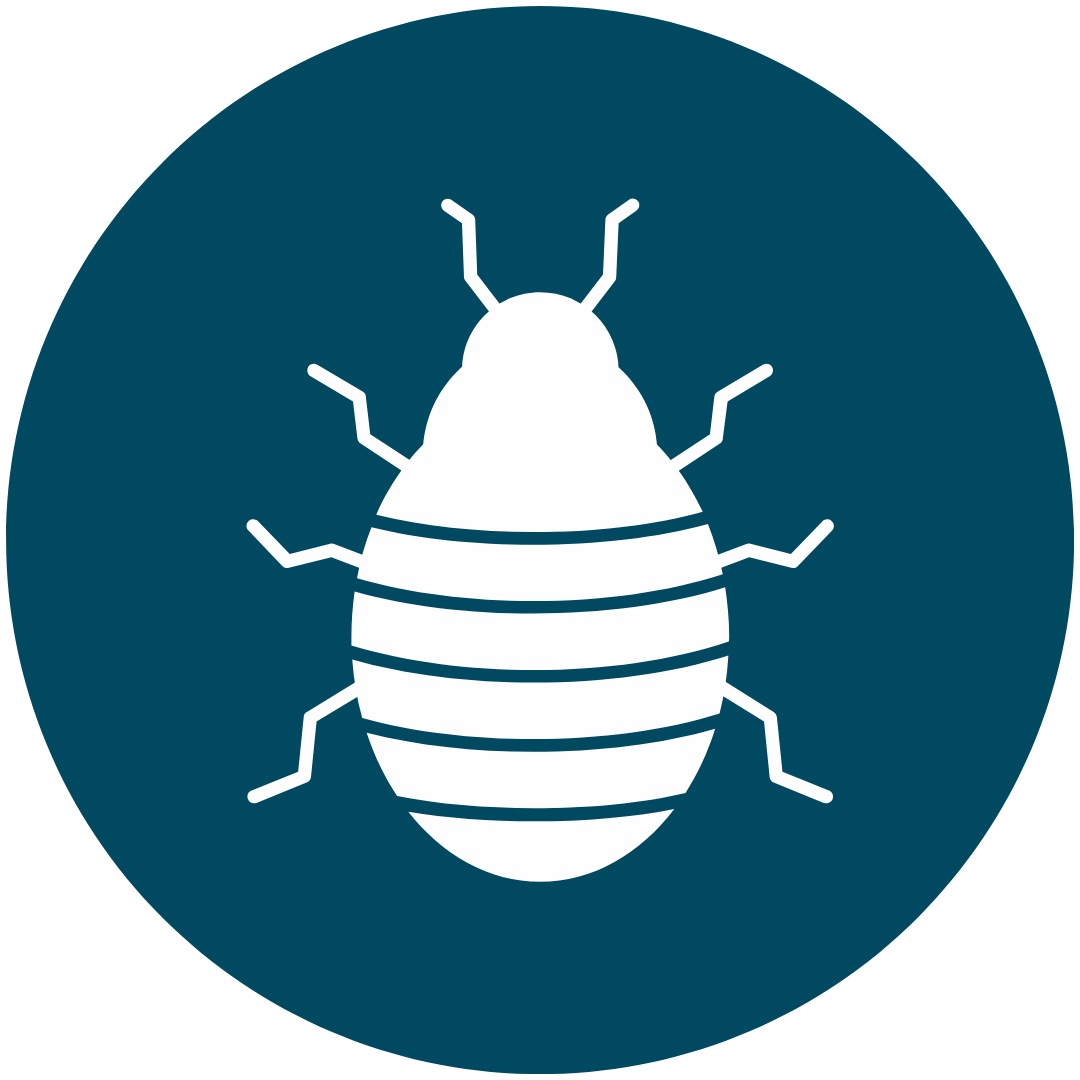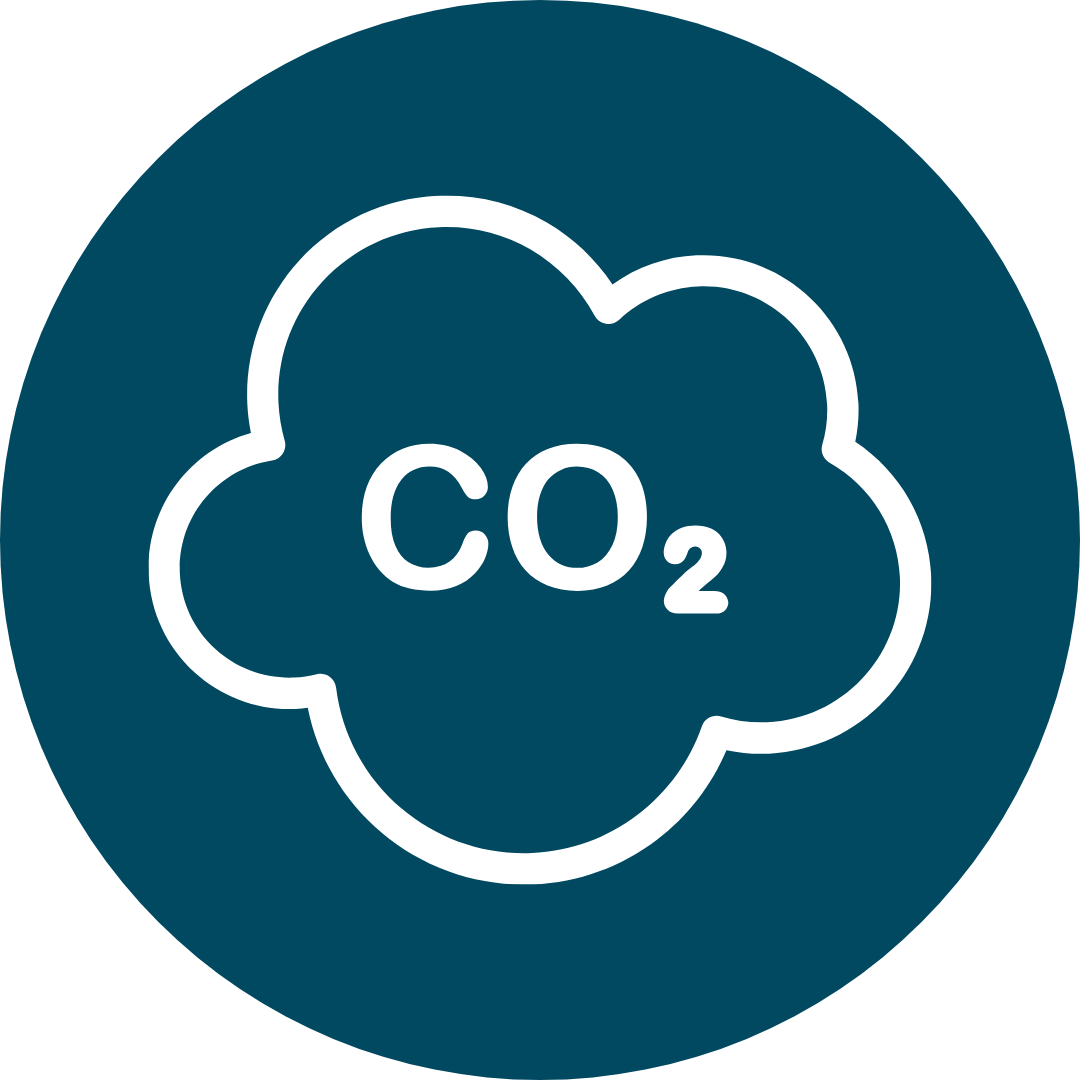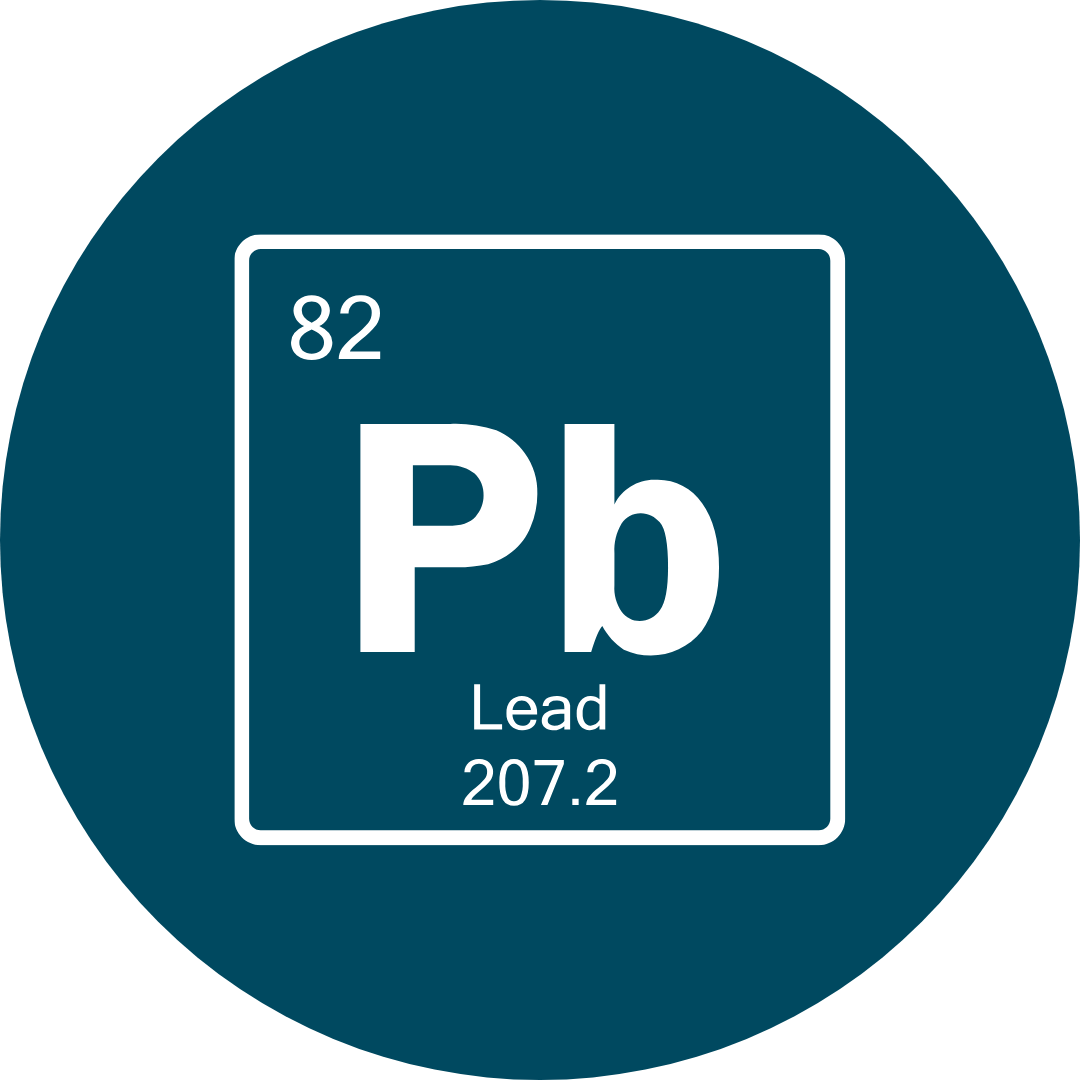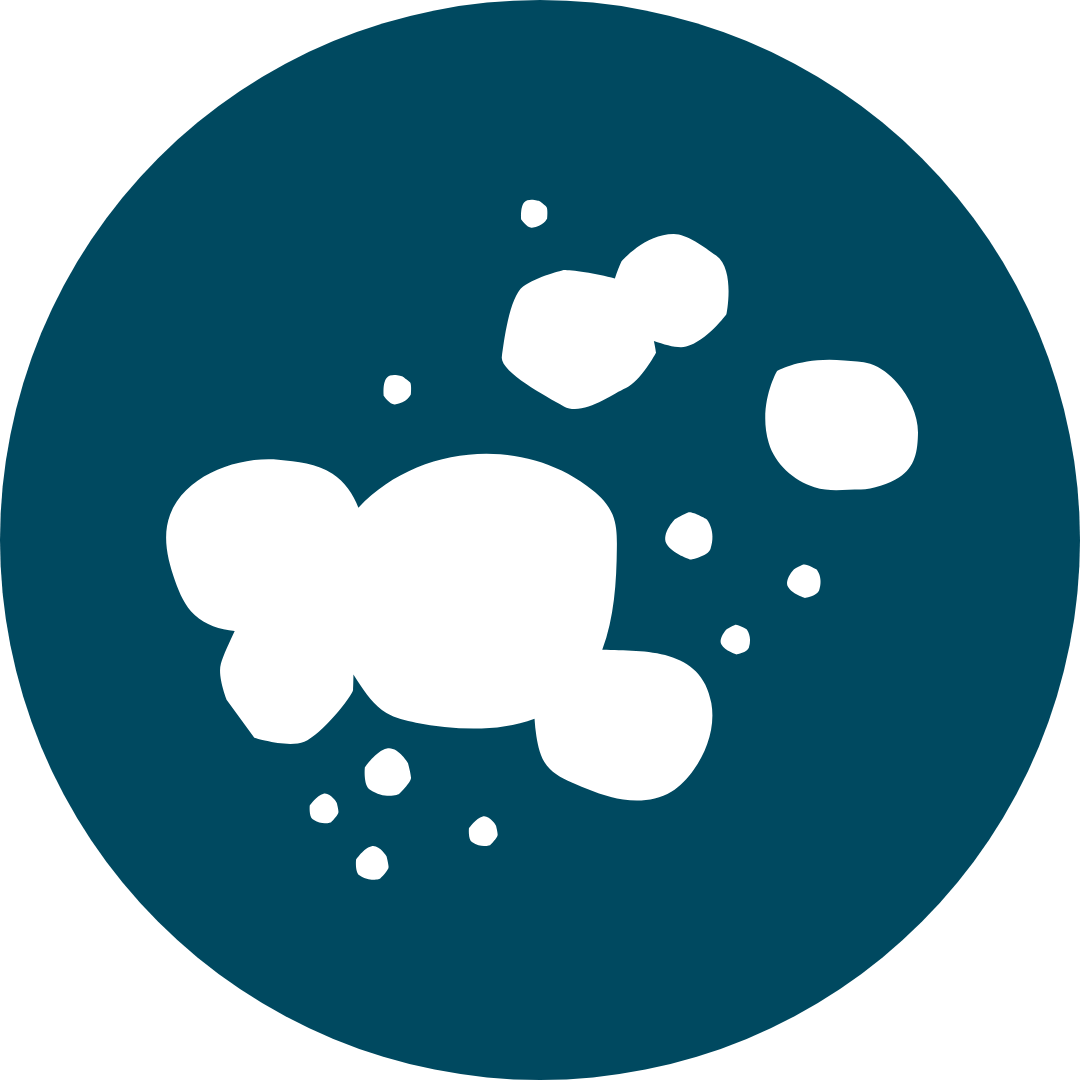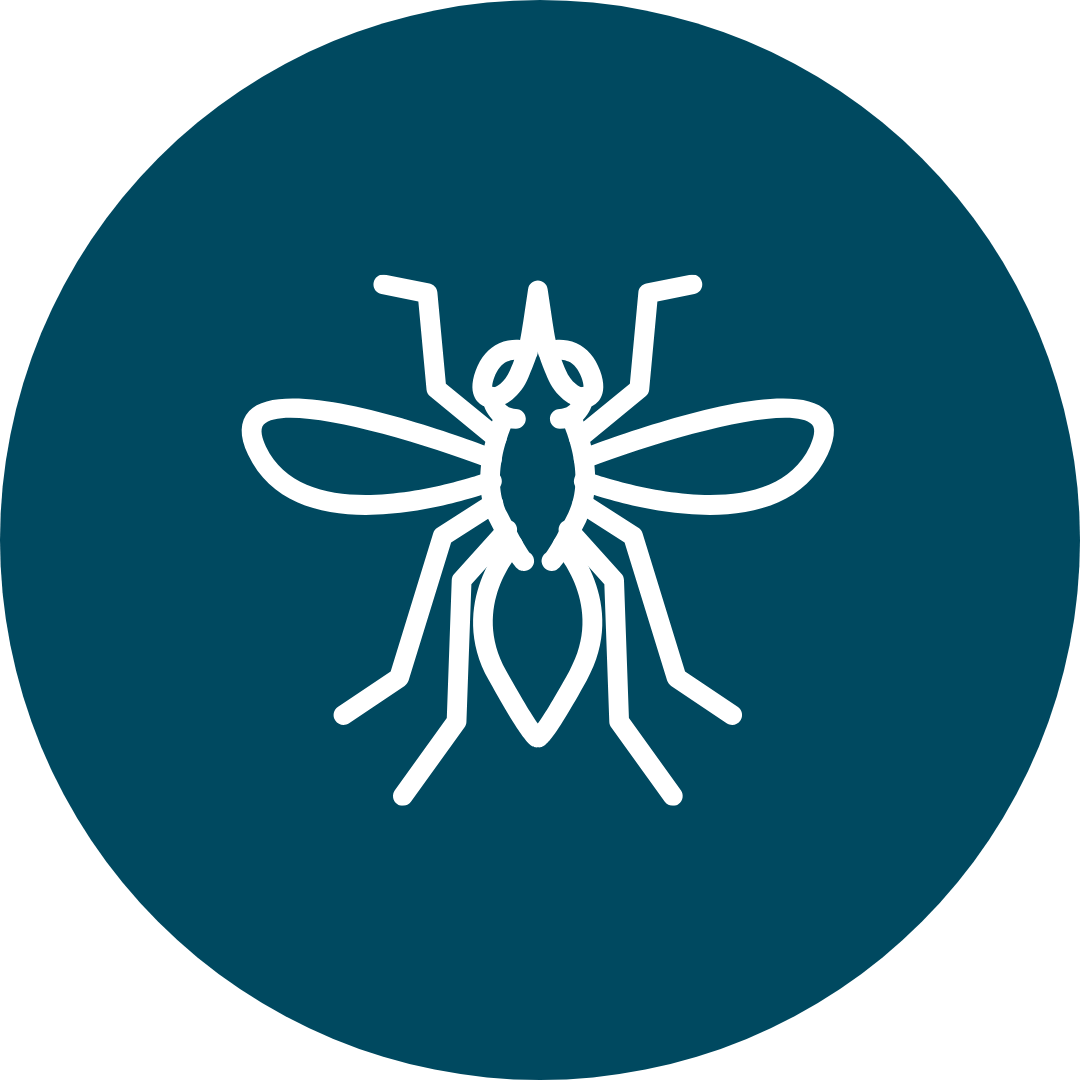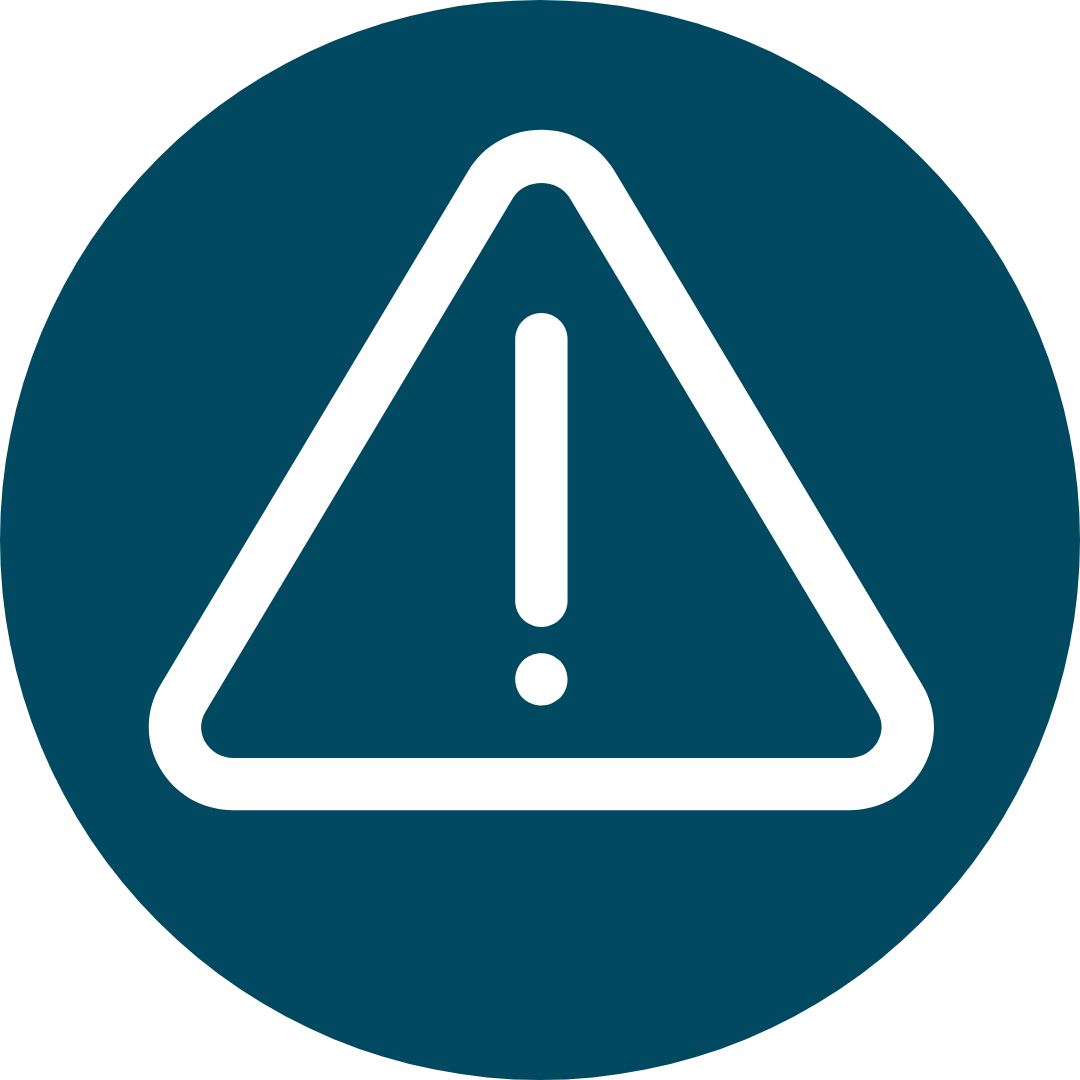
Nuestra visión:
Un condado de Kitsap seguro y saludable para todos.
Moho
Paneles de datos

Creando un hogar saludable
La mayoría de nosotros pasamos más tiempo en casa que en cualquier otro lugar. Nuestros hogares pueden tener un gran impacto en nuestro bienestar físico y mental. Haga clic en los botones a continuación para descubrir diferentes maneras de mantener su hogar seguro y saludable.

Roedores y otras plagas
Efectos sobre la salud: Las plagas pueden transmitir enfermedades que pueden enfermar a los humanos, además de provocar reacciones alérgicas.
Consejos de prevención:
-
Mantenga limpias las áreas de estar y cocina. Es más probable que haya roedores en casas con migas, restos y derrames de comida en el piso y las encimeras.
-
Si ya hay ratas u otros roedores en su casa, asegúrese de que todos sus alimentos estén almacenados en recipientes a prueba de plagas.
-
Mantenga sellados los espacios bajo el suelo, las rejillas de ventilación, las grietas y los espacios debajo de las puertas.
-
Si tiene comederos para pájaros, guarde el alpiste en recipientes a prueba de roedores. Limpie cualquier alpiste que se haya derramado en el suelo.
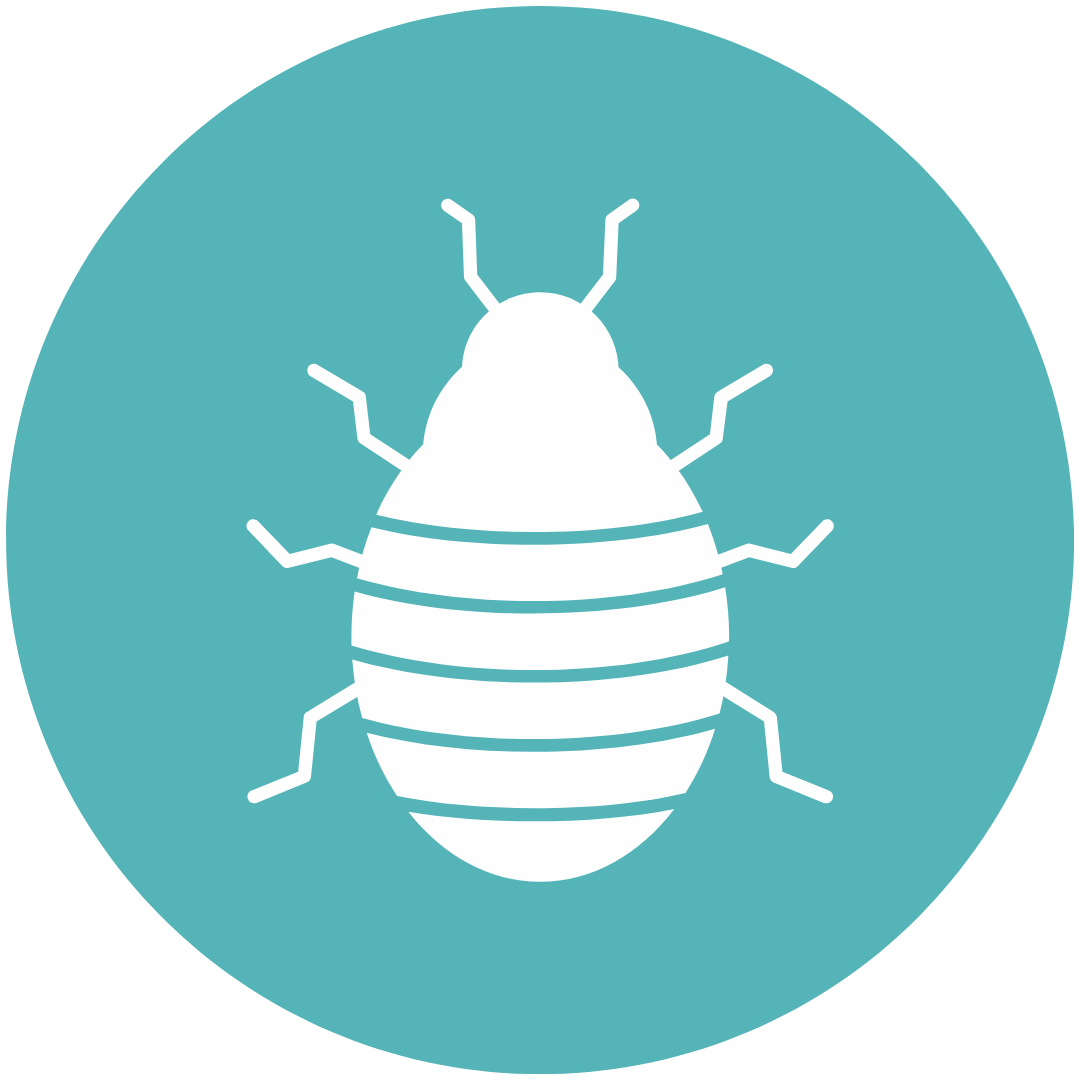
Chinches
Efectos sobre la salud: Las chinches en el hogar pueden causar reacciones alérgicas a las picaduras (como picazón). Las chinches son frustrantes y pueden causar estrés, pero no se sabe que transmitan enfermedades que afecten a los humanos.
Prevención:
-
Al viajar, revise las sábanas y los colchones para detectar chinches (manchas rojizas, heces y huevos). No se quede en una habitación si cree que hay chinches.
-
Inspeccione los muebles usados para detectar chinches antes de llevarlos a su casa.
-
Si hay chinches en su casa, seque toda la ropa y la ropa de cama en la secadora a alta potencia para eliminarlas. Aspire las alfombras y tapetes para atrapar cualquier chinche.
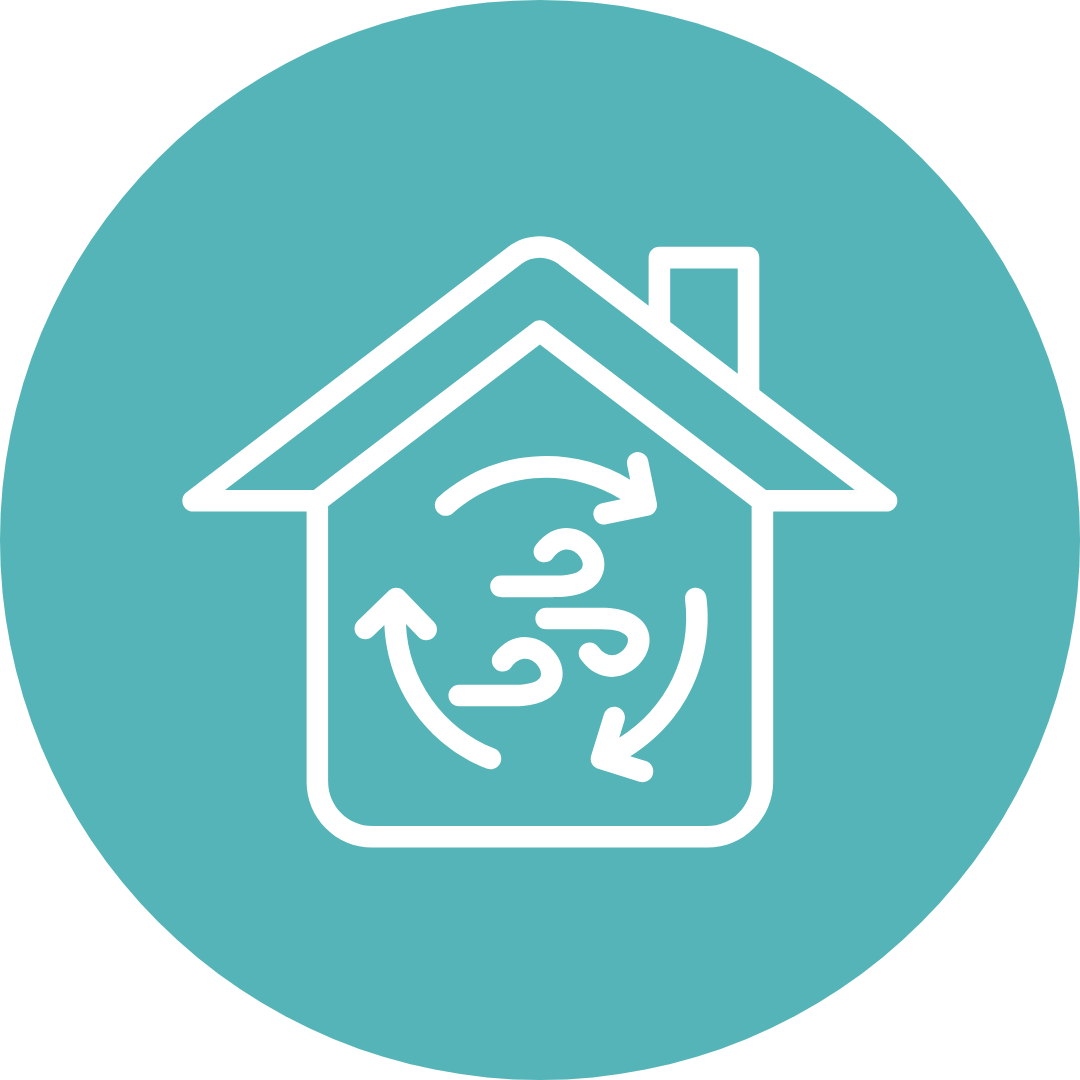
Calidad del aire interior
Efectos sobre la salud: La mala calidad del aire interior afecta a todos, especialmente a los niños, los adultos mayores y las personas con problemas de salud como asma o enfermedades cardíacas.
Prevención:
-
Mejore la circulación del aire abriendo las ventanas (cuando el clima lo permita) y encendiendo los ventiladores de techo.
-
Utilice filtros HEPA para filtrar el aire de mala calidad.
-
Elija productos de limpieza más suaves, menos tóxicos y sin perfume.
-
Evite almacenar productos químicos (pinturas, combustibles, etc.) en su casa, o almacénelos en la menor cantidad posible y en recipientes sellados.
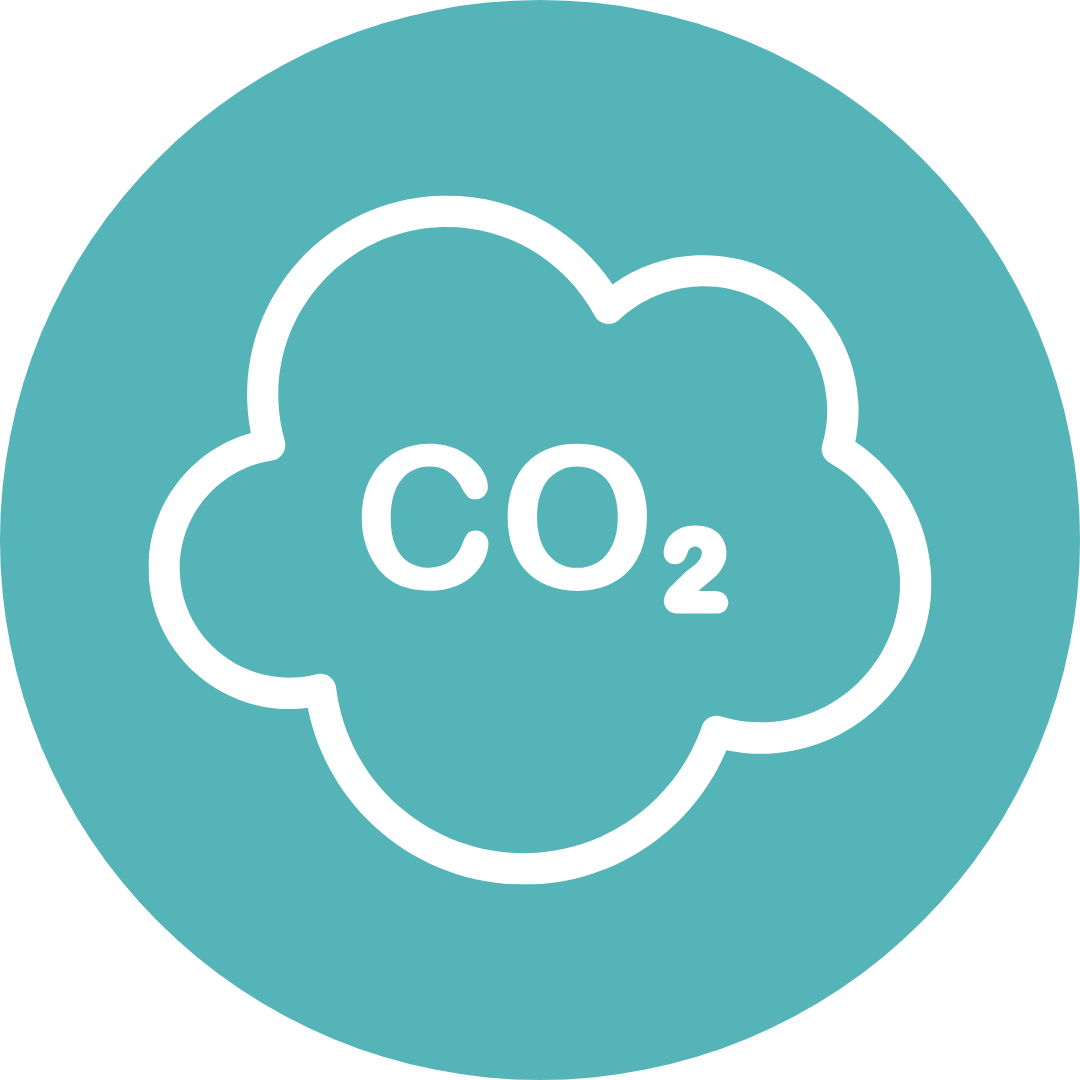
Humo y Monóxido de carbono
Efectos sobre la salud: El humo, el fuego y el monóxido de carbono pueden ser peligros mortales en el hogar.
Prevención:
-
Instale al menos un detector de humo en cada planta de su casa, así como en cada dormitorio. Instale al menos un detector de monóxido de carbono en cada planta de su casa.
-
Pruebe periódicamente los detectores de humo y monóxido de carbono para asegurarse de que funcionan correctamente.
-
Tenga extintores y sepa cómo usarlos.
-
Tenga un plan de escape.
-
Limpie periódicamente su chimenea/conducto de humos para evitar la acumulación de residuos inflamables.
-
No utilice barbacoas ni hornos de gas para calentar su casa.
Moho
Los problemas de moho y hongos son comunes en nuestro clima lluvioso. El moho suele estar causado por agua estancada, materiales dañados por el agua o superficies húmedas, y puede causar problemas de salud . Es importante eliminar la humedad que provoca el crecimiento del moho.
Nuestro papel
Nos aseguramos de que usted tenga la información que necesita para prevenir el moho y eliminarlo de forma segura.
Recursos recomendados
Moho | Departamento de Salud del Estado de Washington
Contratación de un contratista para problemas de calidad del aire interior | Departamento de Salud del Estado de Washington
Inquilinos, propietarios y moho | Departamento de Salud del Estado de Washington
¿Tiene problemas con el moho en su lugar de trabajo? Comparta sus inquietudes con su empleador. Si lo necesita, puede contactar al Departamento de Trabajo e Industria del Estado de Washington para obtener ayuda.


